Introduction
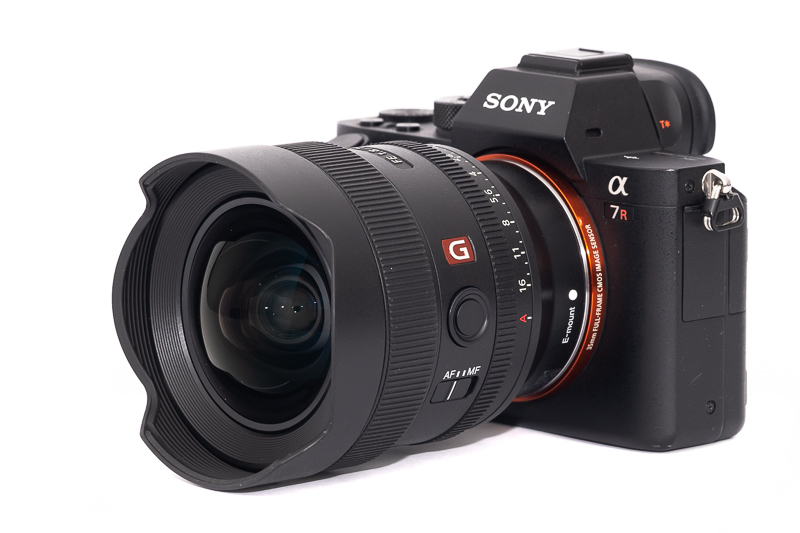
The Sony FE 14mm 1.8 GM is obviously aimed at landscape astrophotographers – what else do you need a fast 14mm lens for anyway? But when this Sony lens came out in early 2021 I already had the Laowa 15mm 2.0, so I never personally bought it. After having reviewed the Viltrox FE 16mm 1.8 AF it was definitely time to have a closer look at it though, so here we are.
Sample Images

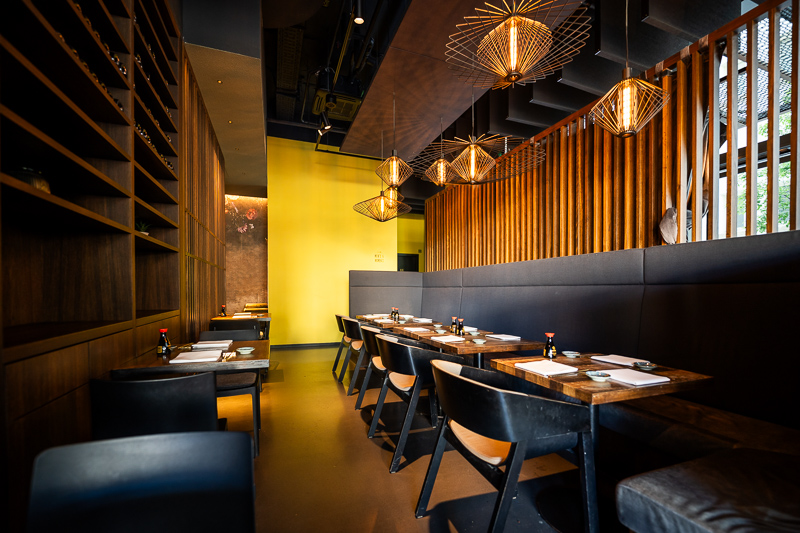
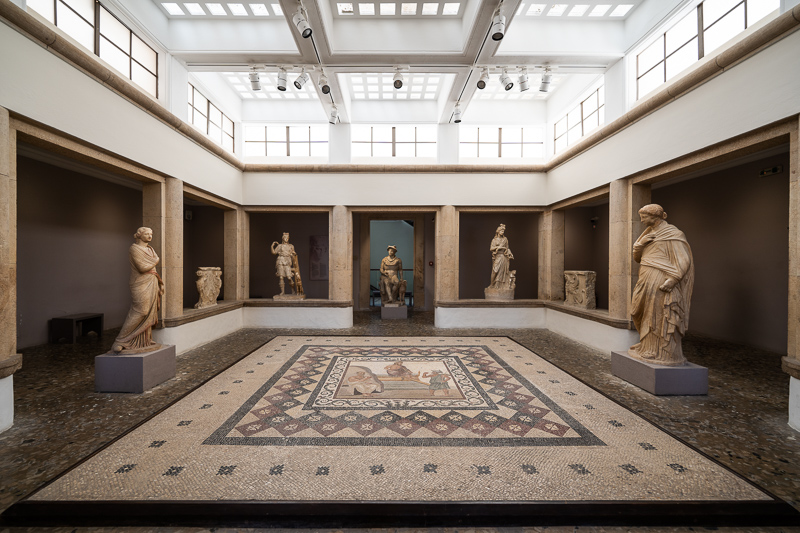

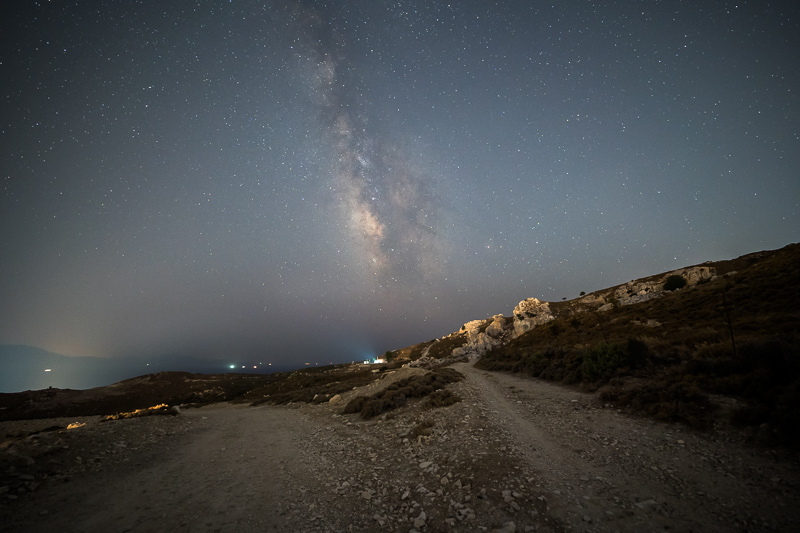
Most of the sample images in this review can be found in full resolution here.
Contents
Specifications
The Sony FE 14mm 1.8 GM has the following specifications:
-
- Diameter: 83 mm
- Field of view: 114° (diagonally)
- Length: 100 mm
- Weight: 458g (without caps)
- Filter Diameter: rear gel
- Number of Aperture Blades: 9 (rounded)
- Elements/Groups: 14/11

- Close Focusing Distance: 0.25 m
- Maximum Magnification: 1:9.0 (measured)
- Mount: Sony E
buy from amazon.com | amazon.de | B&H | ebay (affiliate links) for $1598
Disclosure
The Sony FE 14mm 1.8 GM was kindly provided free of charge by our reader Florian for review purposes, thanks a lot!
Handling/Build Quality
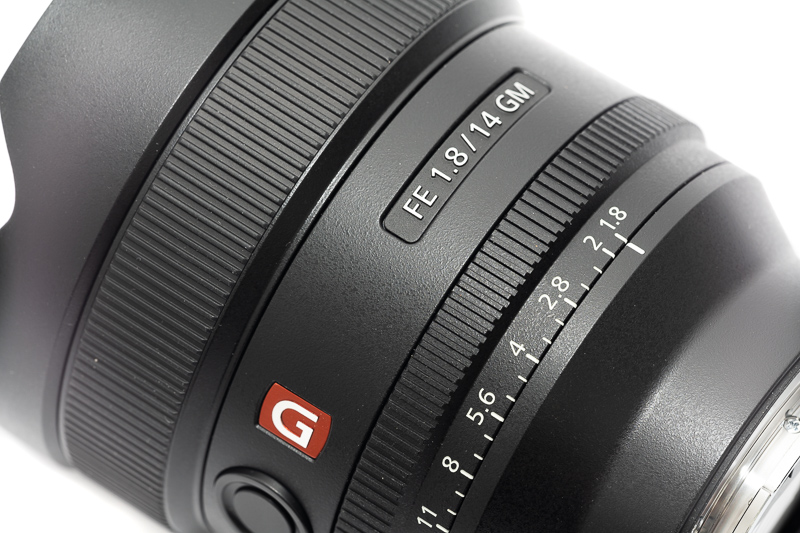
We are getting the typical GM build quality here, meaning: declickable aperture ring, AF-MF switch, focus hold button and linear manual focus. If you are used to other GM primes like the 24mm 1.4 GM or 35mm 1.4 GM you will feel right at home with this lens.
The rubberized focus ring has decent damping and it takes 180° from the minimum focus distance (0.25 m) to infinity – no matter how fast you turn it, as the coupling is linear.
When you turn your camera off, the lens will remember the last focus position and will still be there when you turn the camera on again.
The aperture ring has 1/3 of a stop click stops (which you can declick by using a lever on the lens).
You can also set the ring to “A”(utomatic) and let the camera choose the aperture value or use the camera dial to change the aperture value when it is set to “A”.
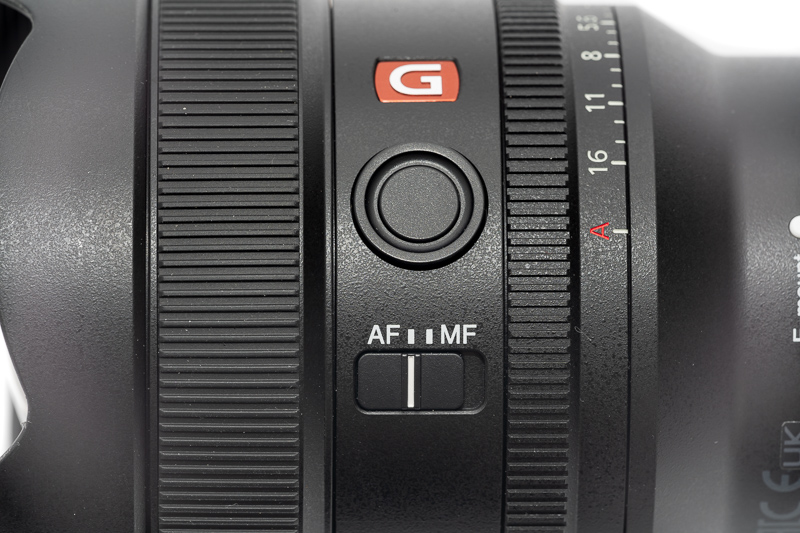
On the left side of the lens there is a programmable button and an AF-MF switch.
The outer casing seems to be made from a high quality polycarbonate and all markings are engraved and filled with paint.
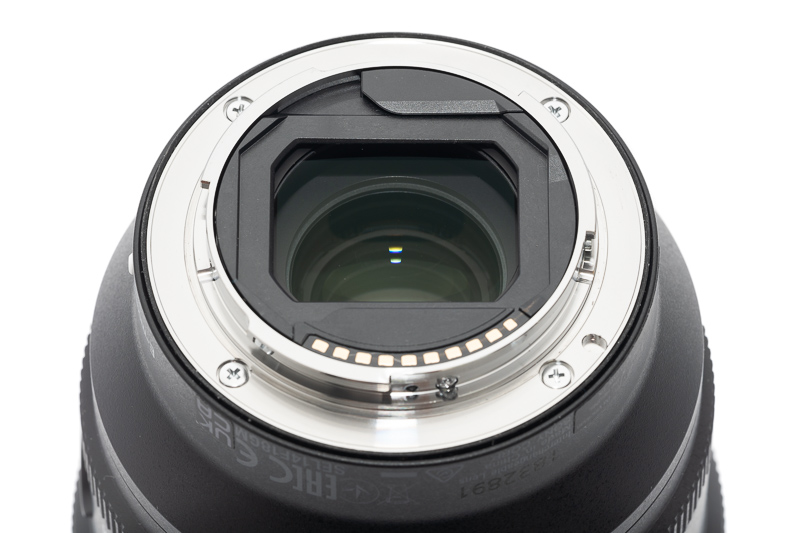
With its bulbous front element the Sony FE 14mm 1.8 GM does not feature a normal filter thread but a rear gel holder instead. The amount of filters that make sense in a rear holder is limited and using these in the field is a fiddly endeavour. There are a lot of third party options available: 100mm front holders, 150mm front holders as well as rear non-gel holders.

When comparing the dimensions of this Sony lens to the Viltrox 16mm 1.8 AF they are similarly sized, as long as you don’t attach the Viltrox’ hood that is. The Laowa 15mm 2.0 is the smallest of the three, but unlike the other two it is also manual focus only.
AF performance
I am not shooting sports or fast moving animals/humans so if you want to know if the lens is fast enough for this or how it compares to other lenses in this segment you may have to look for a different review with a more detailed assessment of this aspect.
In everyday use I found the AF to be very fast, perfectly usable and also silent – except for a slight humming noise as long as the camera with lens is turned on.
Vignetting
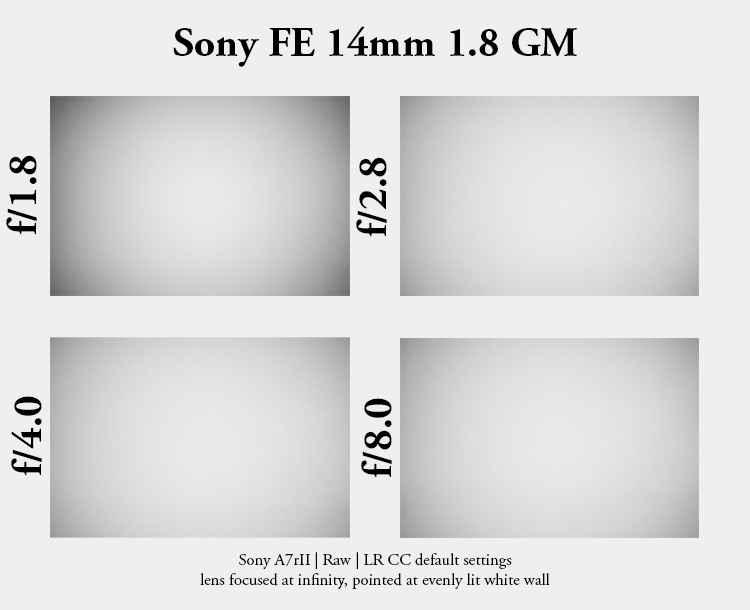
| Aperture | Tissue | No Tissue |
|---|---|---|
| f/1.8 | 3.8 EV | 2.7 EV |
| f/2.0 - f/16 | 3.0 EV | 2.0 EV |
Now usually we derive these vignetting numbers and figures by shooting an overcast sky through a white tissue, as this creates a mostly uniform and diffused light.
With wide angle lenses this method is not optimal though: the vignetting figures will come out too high because the light in the corners has to travel through the tissue at an angle, increasing the vignetting away from the center.
So here I decided to show you both, the vignetting figures shot through a tissue, so you can compare them to other reviews (especially Laowa 15mm 2.0 and Viltrox 16mm 1.8), and the ones without to get a better idea what to actually expect in the field.
With all these three lenses stopping down by one stop decreases the vignetting substantially, but stopping down further doesn’t really make a difference. Of all these 3 lenses this Sony shows the highest vignetting followed by the Viltrox and the Laowa showed the lowest. The differences are not really big enough to get me excited about though.
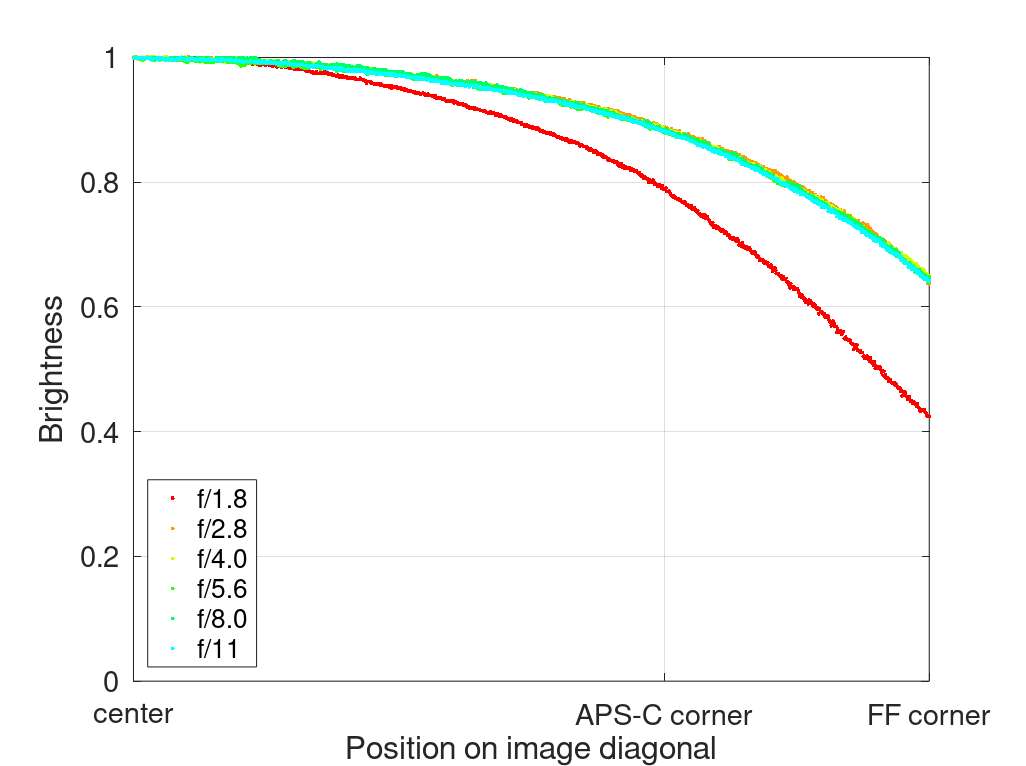
It is recommended to have a look at this article first to get an idea how this brightness graph works.
Sharpness
infinity (42mp Sony A7rII)
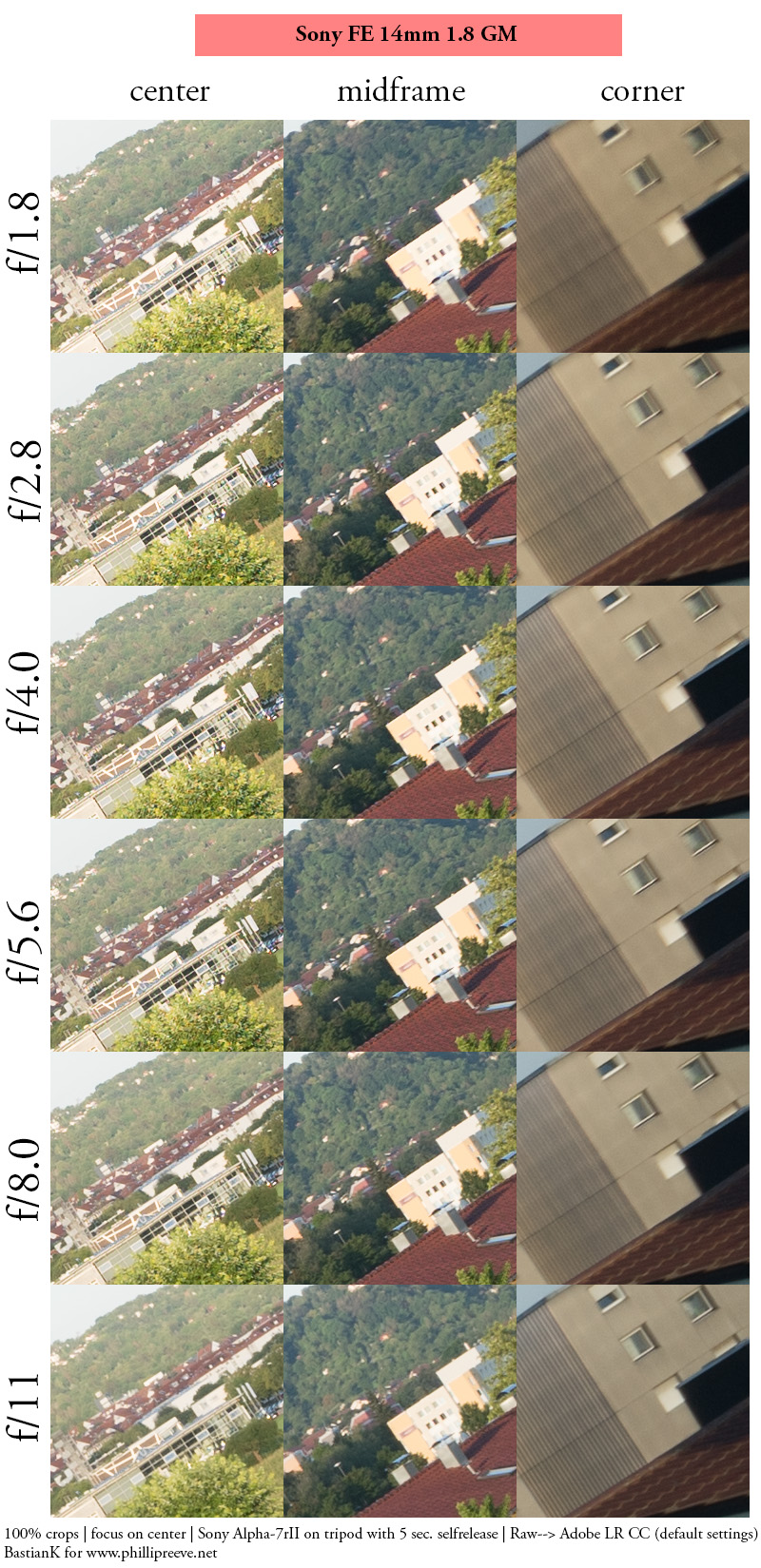

According to Sony’s MTF graphs for this lens there should be really good contrast across frame from f/1.8, but resolution should be slightly lower in the corners, catching up stopped down.
Now that is not really what I am seeing with this sample here. The center looks great from f/1.8 and the midframe good, but the corners need stopping down quite a bit and never reach the center’s performance. This is similar to what the guys at Lenstip saw with their sample of this lens at chart distance.
All these fast ultra wide angle lenses seem to suffer from sample variation and I only had 1 sample of the 14mm 1.8 GM, 4 samples of the Laowa 15mm 2.0 and 2 samples of the Viltrox 16mm 1.8, that being said this GM was the best in the center and midframe whereas the Viltrox was best in the corners at wider apertures.
It should also be noted that the field of view of a 14mm is very different than that of a 16mm lens, meaning this isn’t a fair comparison to begin with.
close 0.25 m, 1:9.0 (42mp Sony A7rII)
The maximum magnification of this GM is almost the same as that of the Viltrox 16mm 1.8 AF. The Laowa 15mm 2.0 focuses closer (0.15 m), resulting in a maximum magnification of almost 1:4 (1:9 for the other two lenses).
In the center the Sony FE 14mm 1.8 GM does a really good job, but the field is not nearly as flat as it is with the Viltrox lens at closer distances. You need to stop down the Sony to f/8.0 to f/11 to look good in the corner and border regions and to perform on a similar level as the Viltrox at f/1.8. Now there are not many applications where this matters, but the Viltrox clearly shows what can be done here.
Flare resistance

As always evaluating flare is a complex matter since you can get any lens to look bad if you push it hard enough and a slight change of scenario can affect results a lot.
Lenses with such bulbous front element, they rarely fare well in this category. To only name one example: Sony’s 12-24mm 4.0 is plagued by hideous ring flares with a point light source close to the center of the frame.

But with the Sony FE 14mm 1.8 GM this has been the category of pleasant surprise this time. It is really hard to create any unwanted artefacts with this lens, an exemplary performance.
If I was looking for something to complain about I could mention that (as is the case with most lenses) there is one specific position of a light source in the very corner of the frame that can create a big flare, but even the slightest reframing is enough to mitigate this and you may never actually encounter this in the field.
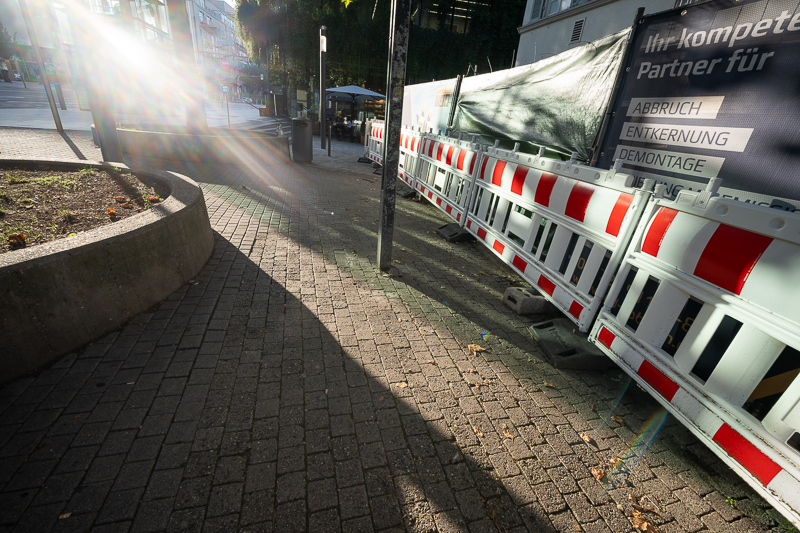
Coma
A good coma correction should be a main selling point for a lens aimed at astrophotography and indeed this lens shows a very good performance here, better than the Laowa 15mm 2.0 and Viltrox 16mm 1.8 I tested.
I always found cityscapes more demanding than stars, so here the performance is unsurprisingly great, too:
Interestingly though, in this category lenstip’s sample showed a way worse performance. Ah well…
Distortion
The Sony FE 14mm 1.8 GM shows a medium amount of wavy distortion. Lightroom/CameraRAW features a correction profile that does a good job at correcting this and if you shoot Jpegs you can also make use of the in-camera corrections.
Bokeh

The f/1.8 maximum aperture may sound impressive, but when it comes to ultra wide angle lenses you can only blur the background in close focus scenarios and you also need to watch out for the strong perspective distortion typical for a 14mm lens, this limits the range of possible applications a bit.
Sunstars
Unlike most of the other GM primes with 11 aperture blades this 14mm 1.8 is only using 9. The alignment of the blades is pretty good though and we see nice sunstars from f/5.6 to f/16, very similar to those we have seen from the Sony FE 20mm 1.8G.
If you want to know more about sunstars have a look at this article.
Chromatic aberration
lateral
The Sony FE 14mm 1.8 GM features a built-in lens correction profile for lateral CA that will also be recognized in most raw converters, so in the end: you won’t see any.
Beause the focus group is moving around freely as soon as the lens is without power it also isn’t easily possible to take a shot with the lens slightly detached to check for the uncorrected amount of lateral CA.
longitudinal
Fancy ED elements do not always equal a good performance in this category, but here they do. Bokeh fringing isn’t really an issue with a 14mm f/1.8 lens anyway and also purple fringing isn’t.
Conclusion
good
|
average
|
not good
|
While Sony has been very busy offering fullframe ultra wide angle zoom lenses, the same cannot really be said about prime lenses, as this Sony FE 14mm 1.8 GM is currently (late 2023) the only prime wider than 20mm in their line up.
When it had been released, this Sony FE 14mm 1.8 GM was quite the revelation, being much smaller and lighter than Sigma’s still-designed-for-DSLRs 14mm 1.8, its only competitor with AF at that time. This was 2021 and the competitors did not rest in the meantime though, the Viltrox 16mm 1.8 AF FE does more or less the same thing (some things actually better, some worse) for a third of the price. And for the same price of this Sony you can get an even more impressive (also in terms of size and weight) Sigma 14mm 1.4.
What the Sony lens has going for it compared to these third party lenses is the great flare resistance, this came as a big surprise to me considering that huge bulbous front element.
If you already have one of the other GM primes, you are happy with it and want to extend your line up into the ultra wide realm this one won’t disappoint.
buy from amazon.com | amazon.de | B&H | ebay (affiliate links) for $1598
Alternatives
All the alternatives are covered in our Guide to 9-18mm ultra wide angle lenses for E-mount, so I will only talk about the most obvious ones in detail here, meaning native ultra wide angle faster than f/2.8.
A word of caution: it seems to be quite difficult to manufacture these fast ultra wide angle prime lenses as there is a higher degree of sample variation here compared to longer lenses. The Sony FE 14mm 1.8 GM is no exception: lenstip’s sample showed way more coma than this one. Some people also claim to get great corner sharpness out of this lens at wider apertures, which wasn’t really the case here. Buy from places where you can thoroughly inspect/return the lens and check if it works properly for your applications before comitting to it.
AF
Viltrox AF 16mm 1.8 FE:
The 2mm difference in focal length are a lot more than they sound like on paper. The Sony lens I had for a review showed less coma and better flare resistance. The Viltrox showed better corner sharpness, comes with a normal filter thread and only costs a third. So the question is, are the Sony being 2 mm wider, having better flare resistance and slightly better coma correction are worth one grand to you?
buy from manufacturer’s shop (use the code PRnet for 8% discount) | B&H | ebay.com (affiliate links) for $549
Sigma 14mm 1.8 Art:
The lower vignetting figures compared to this Sony lens and the aforementioned Viltrox are the only thing this old designed-for-DSLR lens has going for it these days, so I find it hard to recommend to E-mount users, even more so thanks to the next entry on this list.
buy from Amazon.com | Amazon.de | B&H (affiliate links) for $1599
Sigma 14mm 1.4 Art DG DN:
Sigma’s successor to the aforementioned lens. Specifically marketed as a lens for astrophotography. It is huge and heavy, I haven’t used it personally and there are no reviews from sources I trust out yet, so I am very curious to see what its performance will actually be like.
buy from B&H (affiliate link) for $1599
MF
Laowa 15mm 2.0 Zero-D FE:
This lens has been my choice for landscape astrophotography and whenever I needed an ultra wide angle lens in places where I couldn’t use a tripod since 2017. Now in 2023 the Viltrox 16mm 1.8 AF FE and this Sony FE 14mm 1.8 GM are better performers in most categories though. The Laowa might still appeal to you if you are looking for a slightly smaller lens, you prefer manual focus or you want an ultra wide angle lens with more distinct sunstars.
buy from manufacturer | amazon.com | B&H | amazon.de (affiliate links) for $649
Sample Images
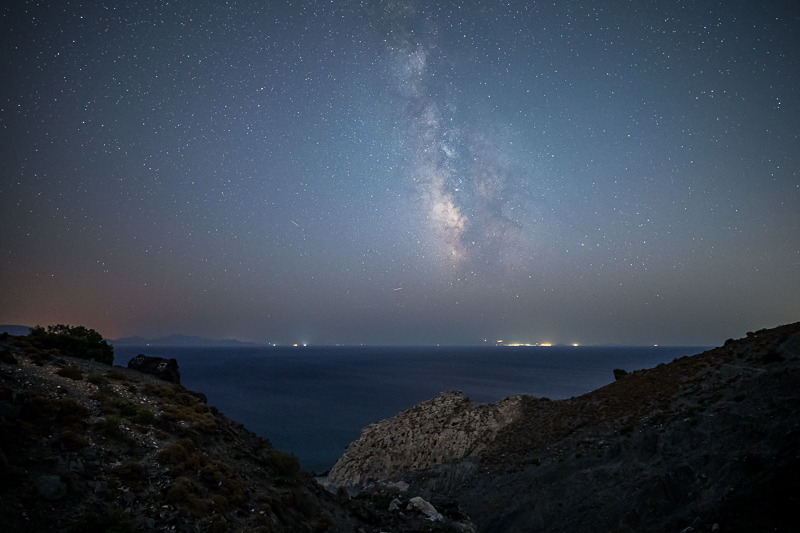
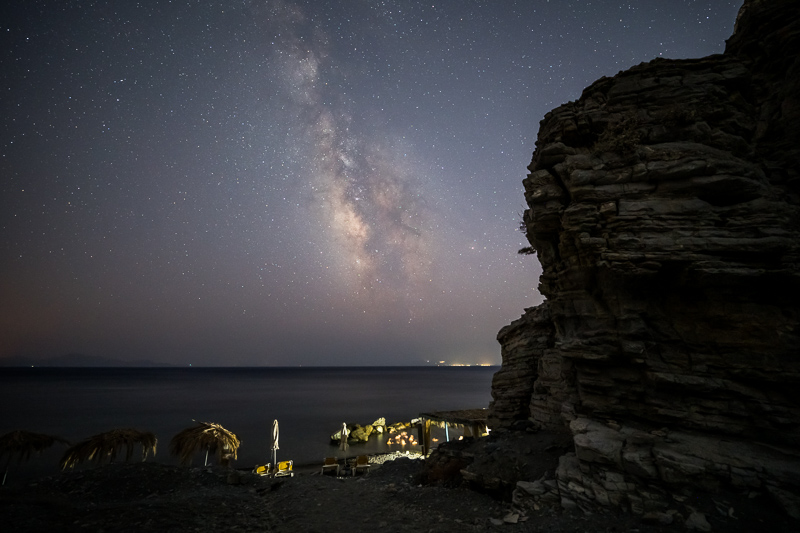

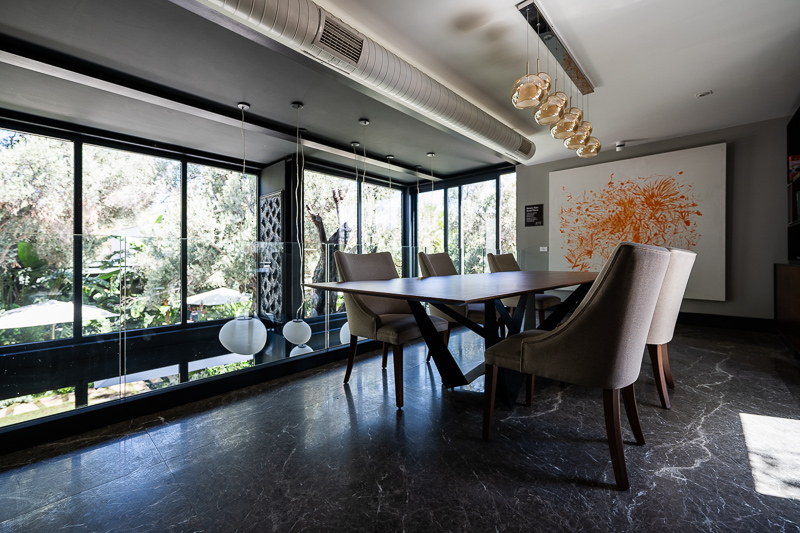
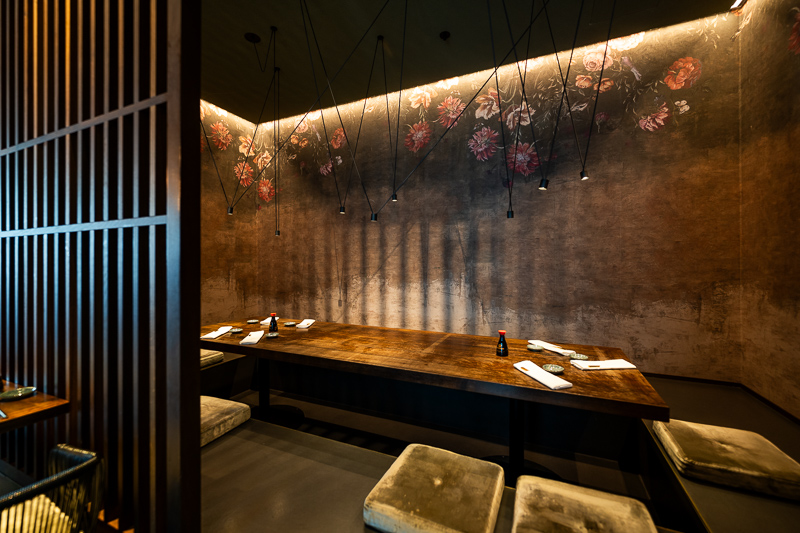

Most of the sample images in this review can be found in full resolution here.
Further Reading
- All Lens Reviews
- Lens aberrations explained
- How to take better pictures?
- Guide: 9-18mm lenses for Sony FE
- Follow us on Discord
Support Us
Did you find this article useful or just liked reading it? Treat us to a coffee!
![]()
![]()
![]() via Paypal
via Paypal
This site contains affiliate links. If you make a purchase using any of the links marked as affiliate links, I may receive a small commission at no additional cost to you. This helps support the creation of future content.
Latest posts by BastianK (see all)
- Review: Canon EF 50mm 1.0 L USM – Still the world’s fastest AF lens - December 30, 2025
- Review: Nikon Nikkor 105mm 1.8 Ai-s - December 28, 2025
- 2025 – Year in Review - December 23, 2025



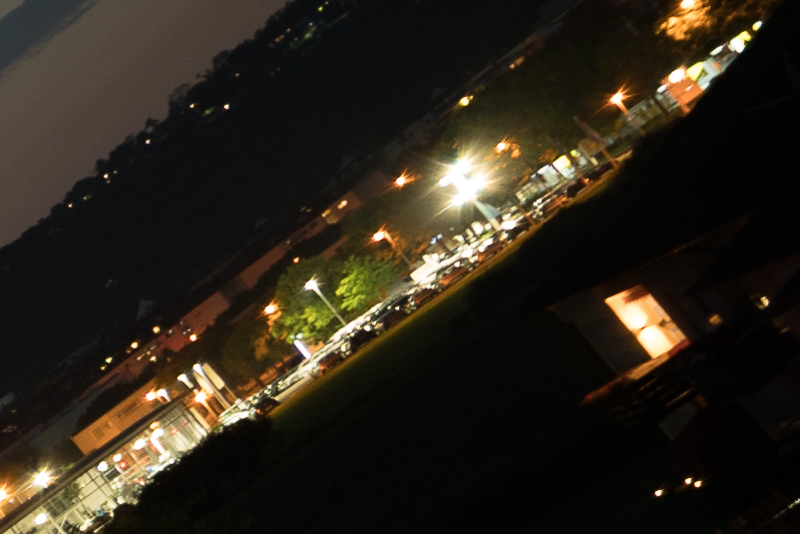

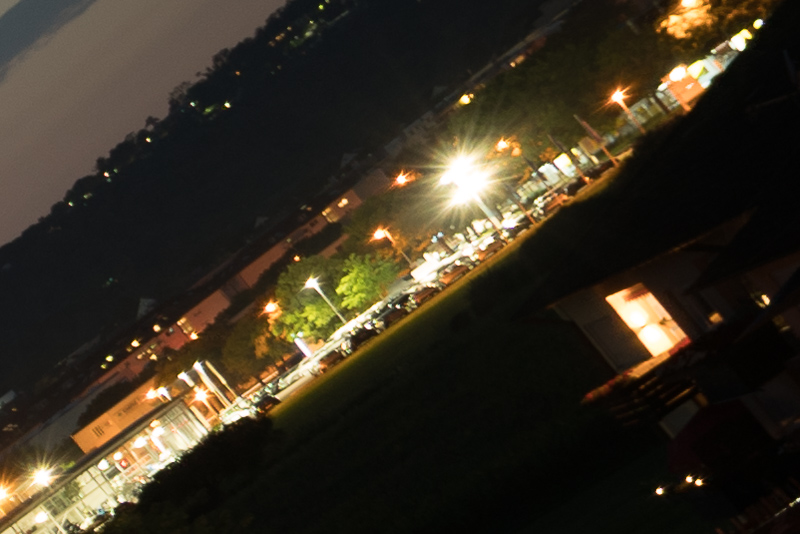
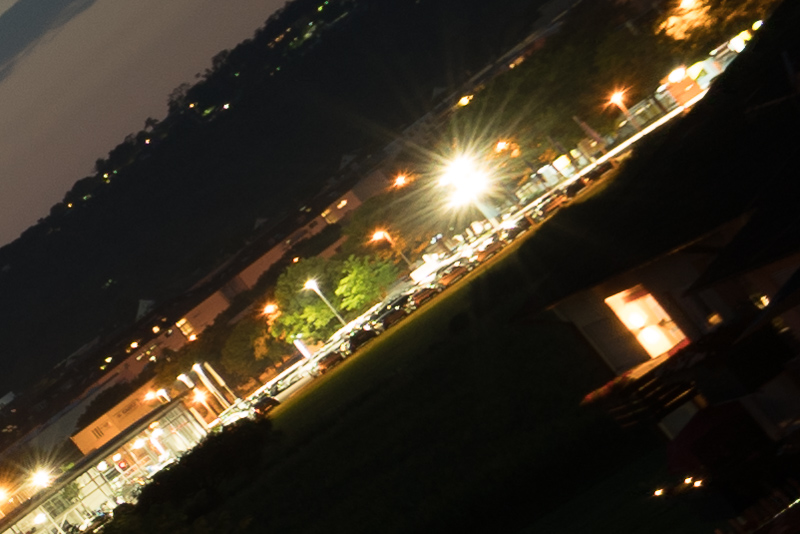
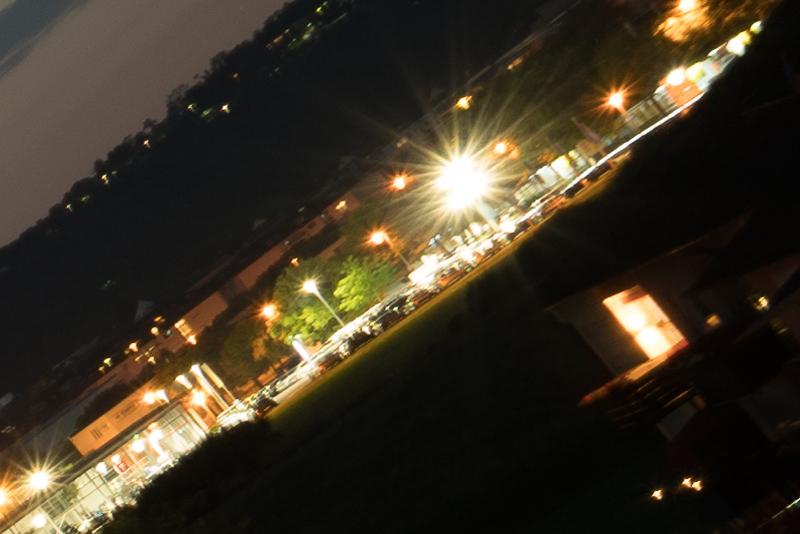
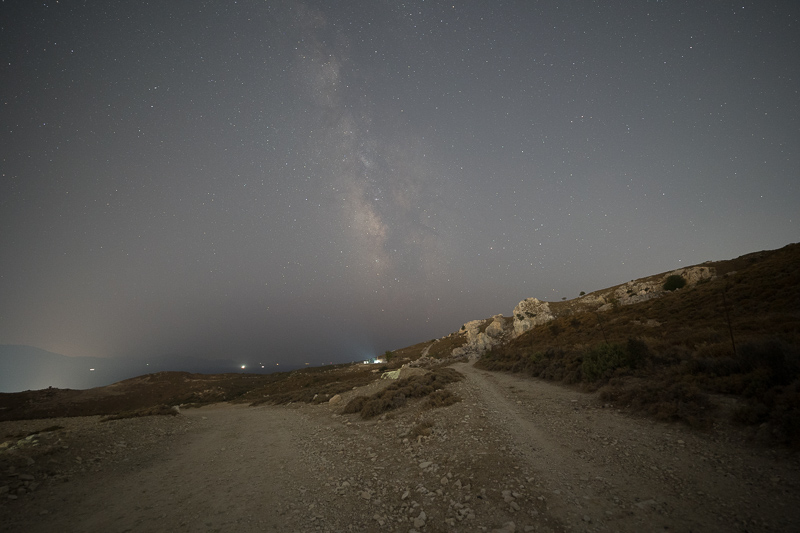
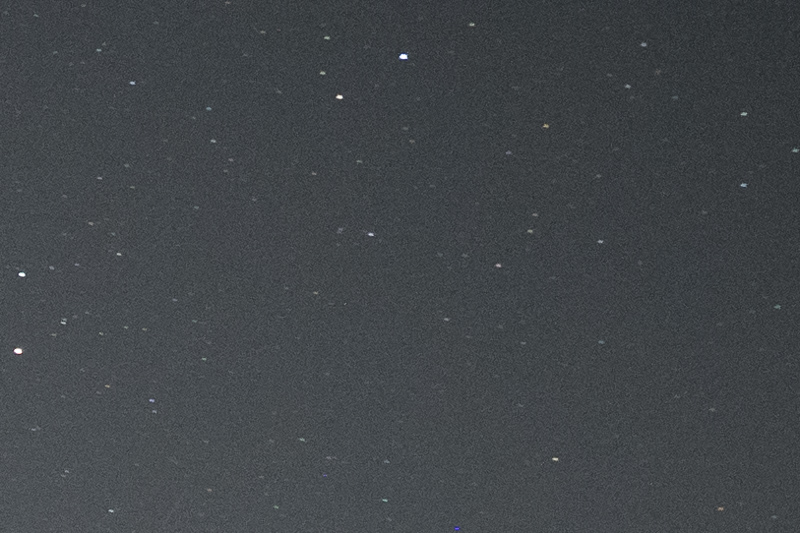

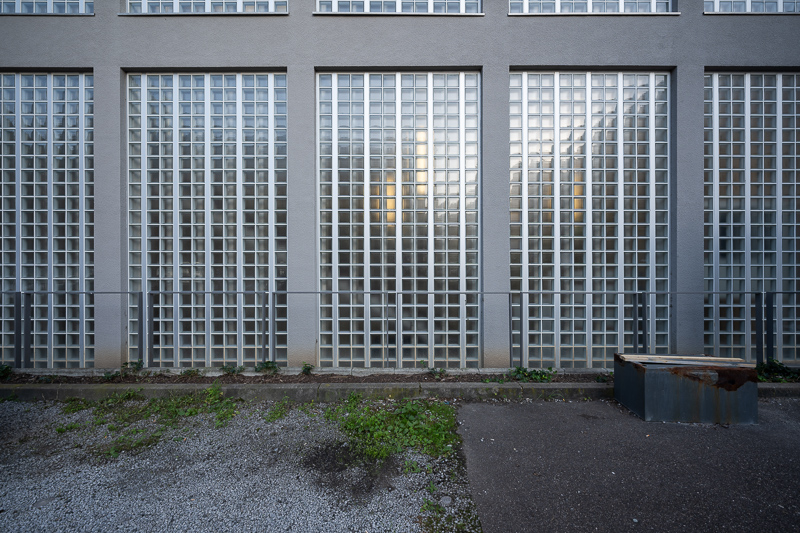
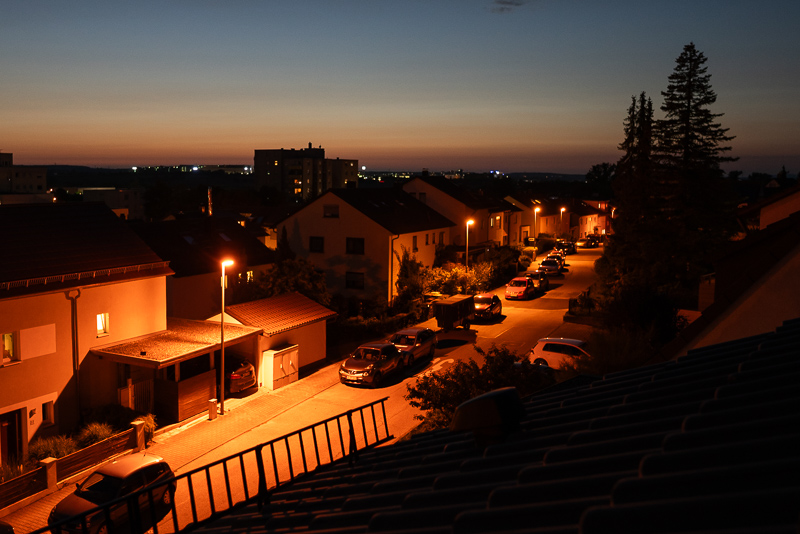

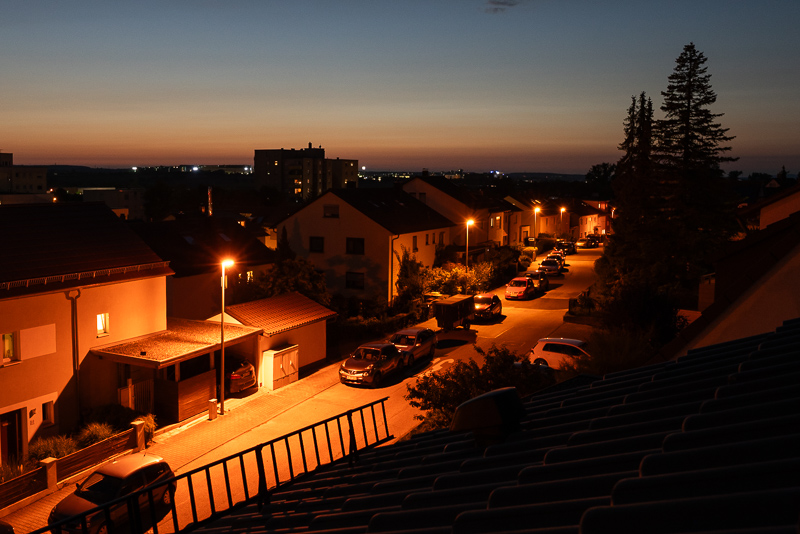
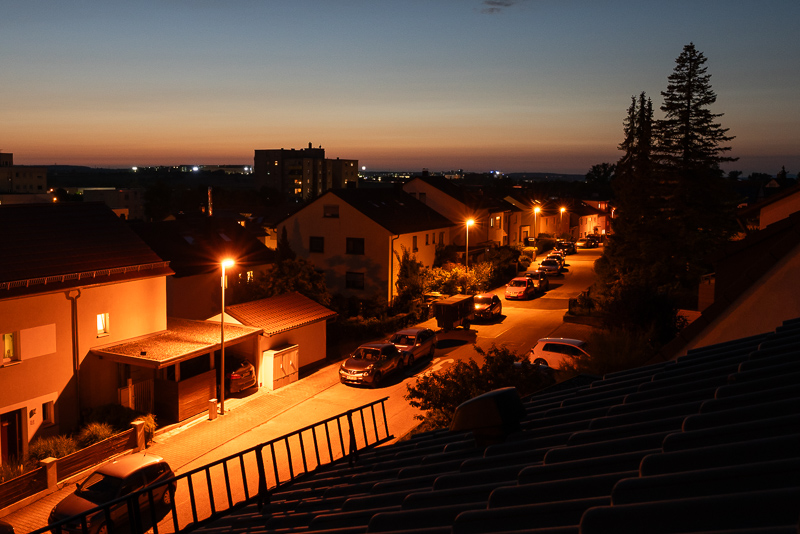
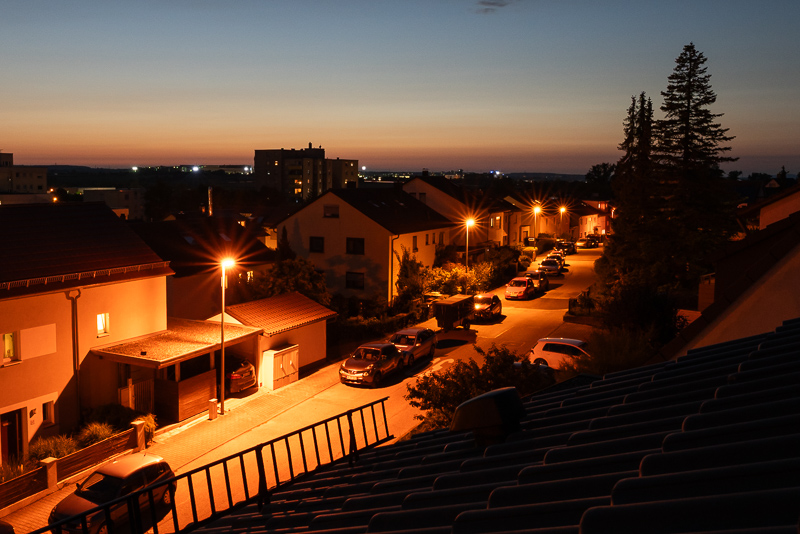
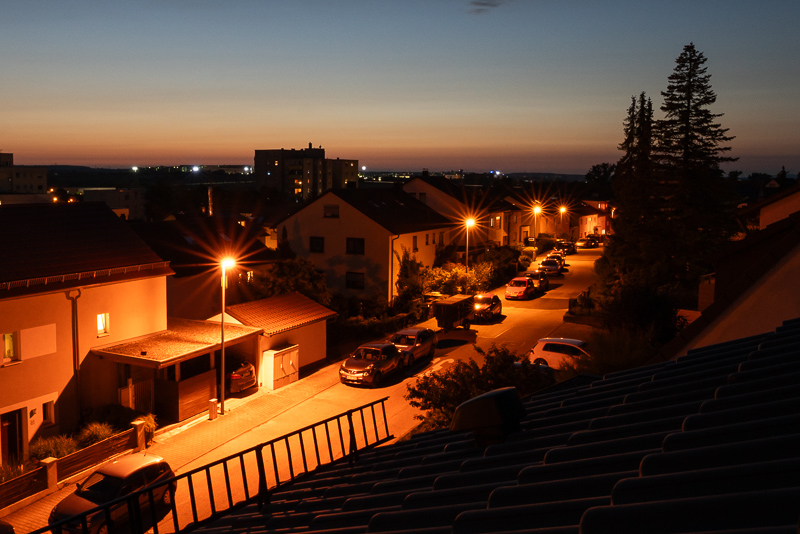
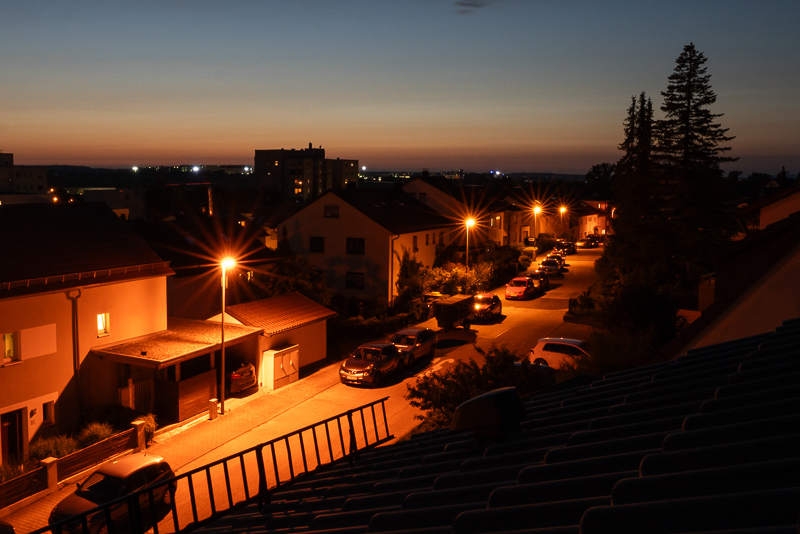
While an impressive lens in absolute terms, I’m a little surprised by its sub-optimal corner performance and sample variation, given that it’s a GM lens. Usually Sony is the one who delivers the goods here. Meanwhile, Venus Optics’ cheaper Chinese analog is demonstrating better performance here. Not at all what I was expecting. Perhaps Sony’s reputation has gotten to their head?
It’s written several times in the review : sample variation can be involved here. I red conflicting reports on various forum about the corner performance. It seems that you have to play the lottery with this lens. Not that I’m in the market for this lens, so it’s not really my concern. My (not perfectly centered) Sigma 14 24 is good enough for my needs.
Yeah that’s what I said, corner performance and sample variation. You would expect that if Sony is charging $1500 for this lens and slapping on a GM title, (vs $650 Venus Optics), you would expect better corner performance AND consistency across samples through better QC. Maybe there could be some sample variation, but not like THIS. Those corners are looking bad even at f8. That’s pretty embarrassing
TBH, I don’t expect any brand’s sample variance to be better than anyone else’s regardless of price point, I can see some budget brands being worse than average but that’s about it. The few glimpses of industry realities that the LensRentals blog has given us over time seems to back that up, almost no one seems to be running tight QC checks on assembled lenses.
It almost seems like a dirty little secret, but AFAIK after final assembly they’re just checked to be in basic working order and most of the QC happens over individual elements and bonded groups etc. Final quality and/or variance seems to rely largely on tight tolerances and better manufacturing rather than anyone kicking all the duds off the line, so it’ll still happen.
Either way, moral of the story is test your lens when it arrives and return it if not happy. PhillipReeve has some good guides on how to manage this easily. I’d expect this to be even more relevant with UWAs which seem like some of the trickiest designs (the so called upside down test might be easier with them than the four corners one, YMMV).
I’ve had this lens for the last two years and have really enjoyed it. The rendering of stars is great as it keeps them very small compared to the others I’ve used.
Prior to that I had the Sigma 14mm f/1.8 using a MC-11 adapter. It was so heavy that it actually broke the MC-11 adapter in half at one point so I upgraded to the Sony. If using any of the Sigmas, I’d recommend using with a tripod collar. The weight difference is substantial between the Sigma and Sony lenses.
Before that I also had the Rokinon 14mm f/2.8. It was fine, but the stars were larger in size and the difference between f/2.8 and f/1.8 is a lot.
Comparing to the Laowa, another consideration is the lack of electronic contacts. When using the Sony or others with these contacts, you can use the Sony Bluetooth remote to fine tune your autofocus on the stars while zoomed in 10x. This isn’t possible with the Laowa or Rokinon lenses.
I always ponder on buying this lens because it’s a really small size for what it does.
Only problem is I already have Zeiss classic 15mm 2.8 zf2 on an adapter. It has terrible vignetting ofc but it has proven itself for coma in astro before. It’s not big but on an adapter it becomes front heavy, thus my desire for this 14mm.
No decentering. The corners are not at the same level, maybe it’s a curse of super ultrawide lenses.
It could be a good review to compare to more modern optics like this Sony, I would send my lens but not in EU and would probably have to deal with crazy customs on both sides 🙁
In the end, if only 12-24 2.8 Sony was cheaper and lighter I would just get that and be done with all this wide angle stuff 🙂
From my experience with one sample, the corner performance is not only influenced by sample variations but is also very sensitive to focus position. The lens has a field curvature that will lead to worse astigmatism and coma in the corner when focused at center. So I always focus somewhere near the corner, which I think results in better overall performance. I see similar effect in other fast mirrorless ultrawide lenses, including Sony 12-24 GM and Nikkor Z 14-24 S.
Interesting lens… outside my budget though. 🙂
Where you mentioned it not being possible to electronically disconnect the lens to get a shot with uncorrected lateral, I’m slightly astonished that you don’t simply use (for this) a raw converter that doesn’t apply default corrections – darktable for example.
But there again, I suppose not many people are that concerned so maybe it’s not worth the time.
Thanks for the review – great as always!
so many reviews with many conflicting opinions. a mix of sample variation, distance tested & the focusing technique.
For infinity shots, how did you acquire focus? Could field curvature be a variable in the sharpness?
For nightscape astroscape at infinity what matters is sharpness scross the frame so curious if it’s possible to sacrifice some center sharpness for across the frame uniformity at a level that’s good enough?
My copy of the lens is impressively sharp even in the corners at F1.8
I think the copy you tested was perhaps decentered
The first copy I tested was poor in the corners so I sent it back. Even that lens performed better than your test results show here though…
Rumor says Laowa will release a fullframe autofocus 10mm F2.8. Bastion, Please review it when you get hands on it. Really appreciate your hard work.
I have you covered!